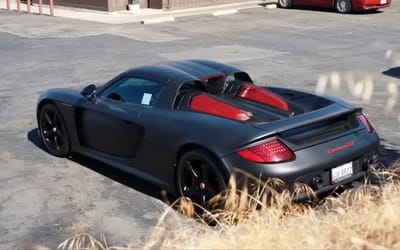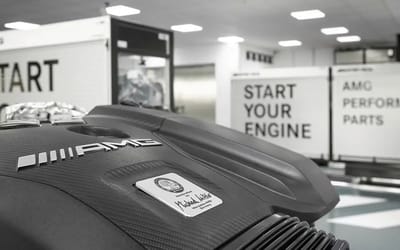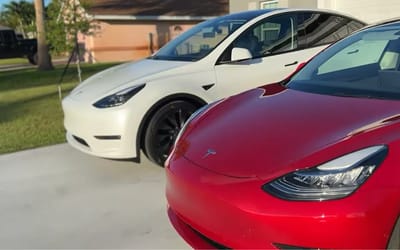Supersonic Concorde set a total solar eclipse record that still stands today
- By flying at Mach 2 for over an hour, Concorde was able to make a solar eclipse last longer
- The record-breaking solar eclipse lasted over 7 minutes on Earth, but over 74 minutes for Concorde
- The record was set on June 30, 1973
Published on Apr 08, 2024 at 6:56 PM (UTC+4)
by Alessandro Renesis
Last updated on Apr 10, 2024 at 3:14 PM (UTC+4)
Edited by
Tom Wood
Concorde was the fastest commercial airliner that ever existed, we all know that.
However, what you might not know is that Concorde was so fast it was once able to keep up with the Moon for about seven minutes.
And this is not a figure of speech, by the way.
There’s a solar eclipse that proves it.
READ MORE: Witness the final commercial takeoff of Concorde from JFK Airport in gripping emotional footage
On June 30, 1973, the Moon obscured the Sun for seven minutes and four seconds.
The solar eclipse lasted 92 minutes and 3.55 seconds, and for just over seven of those minutes, the eclipse became total, in that the Moon completely obscured the Sun.
However, as part of a wild experiment, the Concorde 001, which now lives in the National Air and Space Museum (called Musée Air Espace) in France, was able to ‘prolong’ the eclipse by over an hour.
How did they do it? Using science, geography and speed.
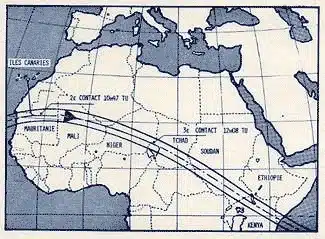
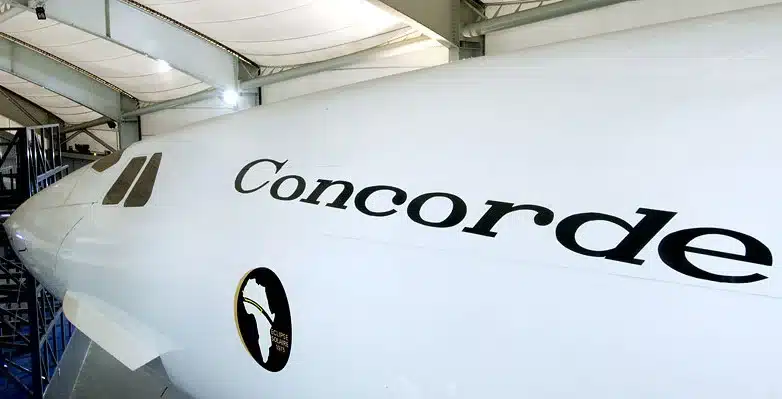
The Concorde was famously capable of flying at Mach 2, over 2,000 km/h and twice the speed of sound.
By flying across Africa, literally chasing the lunar shadow, the Concorde was able to ‘warp’ time and remain in the shadow, and therefore in the eclipse for 74 minutes.
These photographs below, taken by the now-defunct CERIMES research and film institute, give us an idea of what it must’ve looked like for the pilots on board.
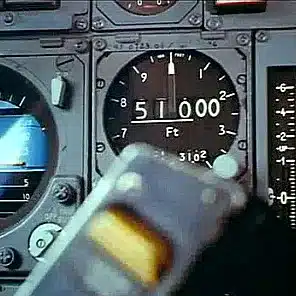
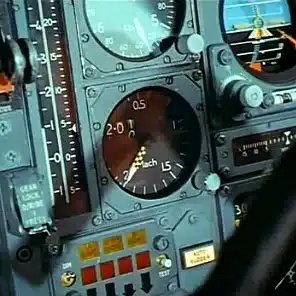
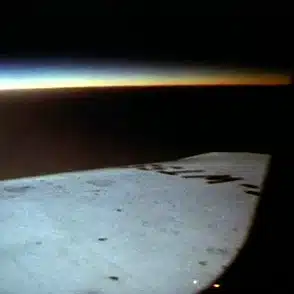
Concorde had a famously complicated cockpit, and we also have flight simulators that remind us of just how complex it was.
However, even with that in mind, we are willing to bet the pilots on board had to stop looking at the cockpit and look at the amazing view around them instead.
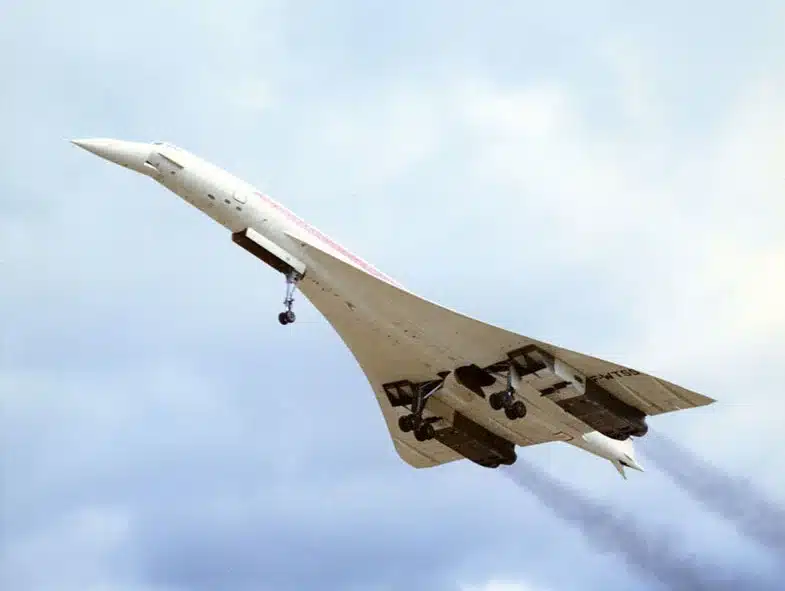
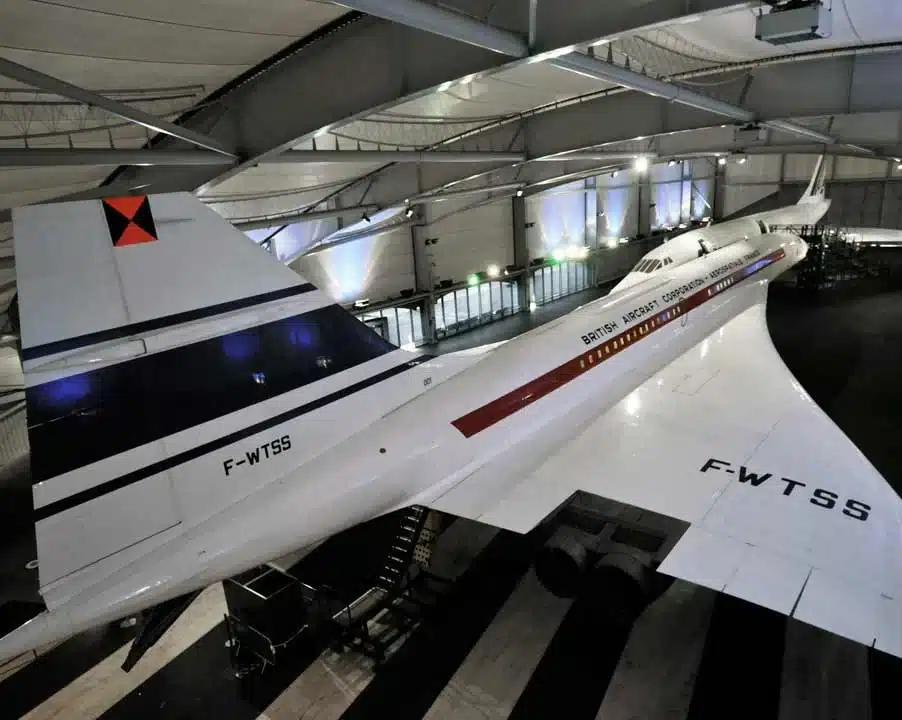
This is a record that still stands, and it probably won’t be beaten in the near future.
Total solar eclipses are not uncommon, there’s one in 2024 and another in 2026, but they hardly ever last that long.
They usually last between one minute and five minutes, not seven – and certainly not 74, like the record-breaking one.
More to the point, we don’t have supersonic airliners anymore.
There are companies that are working on it – as well as NASA – but there’s nothing concrete as of yet.
They certainly won’t be ready for this solar eclipse, anyway.
DISCOVER SBX CARS: The global premium car auction platform powered by Supercar Blondie


